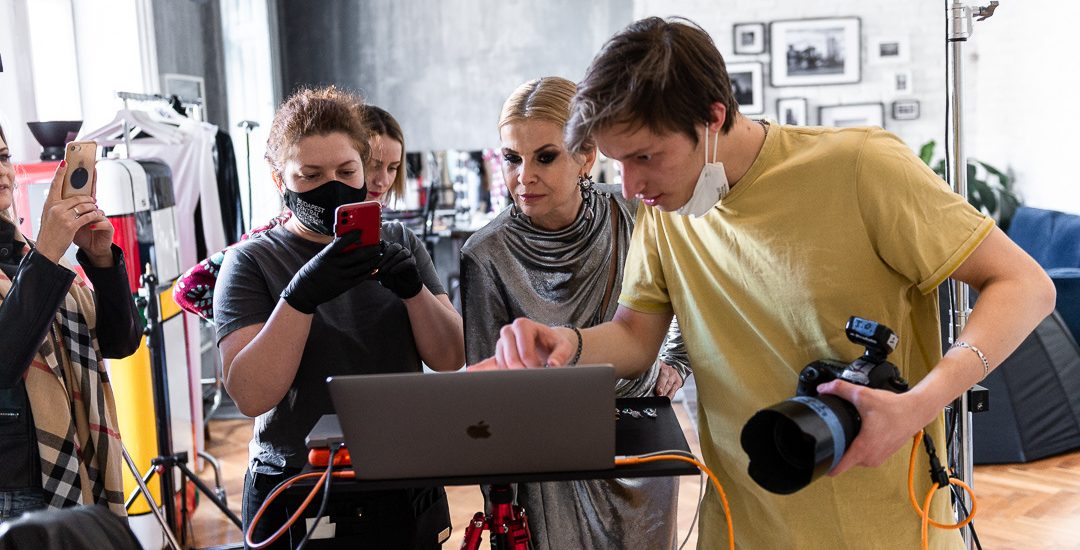I recently wrote about shooting on film, and the dangers of that. One of the reasons was that no one sees my work right away. In this article, I will break down why shooting tethered has completely changed my workflow and improved my photography beyond imaginable.
Disclaimer: this isn’t a sponsored post, TetherTools is mentioned because this is the system I bought, use, and will continue to use. If you have something better, good for you! Share in the comments.
Join My Photoshoots
If you come to my shoot, you will find that the first thing I’m setting up is a tether table and the digital station. This happens on all shoots where I am working with people, and being a fashion photographer, this happens on every shoot. There is a dedicated setup that I use that is reliable, robust, and most importantly easy for everyone to get a hang of.
On top of my tether table, is a 15” Mac, two LaCie drives, charger, coffee, notes, and color gels. It gets messy, but that’s not the point.
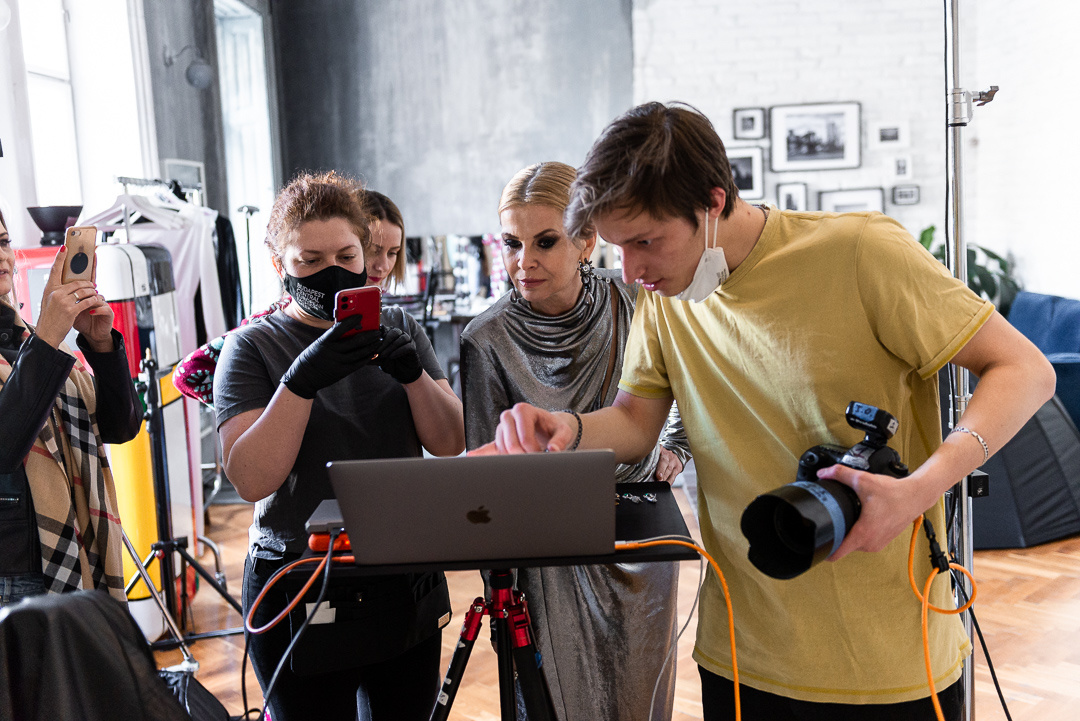
This wasn’t always like that. How it used to be was me showing up with a 5D Mark II, shooting away, and checking the photos at the back of the screen. This was still a valid way of creating, doing it meant that I was able to show the best of the best photos. What happens with beginner crews is that if the “head guy” — the photographer — says the photo is good, everyone continues with the next look. Not only is this limiting exploration, but it is also limiting how much else is possible to create. There are fewer benefits than there are disadvantages to this non-tethered setup.
Let me walk you through all the ways shooting tethered not only made my life easier but also improved my photography.
Collaboration
The first is the most obvious and probably the one you expect. When I’m tethering in, I ask my team to be at the laptop looking at the photos. If they’re not, I’m unlikely to bring them along on the next shoot. As harsh as it sounds, shooting tethered costs me money, and I’d appreciate it if the team valued my input in making their life easier.
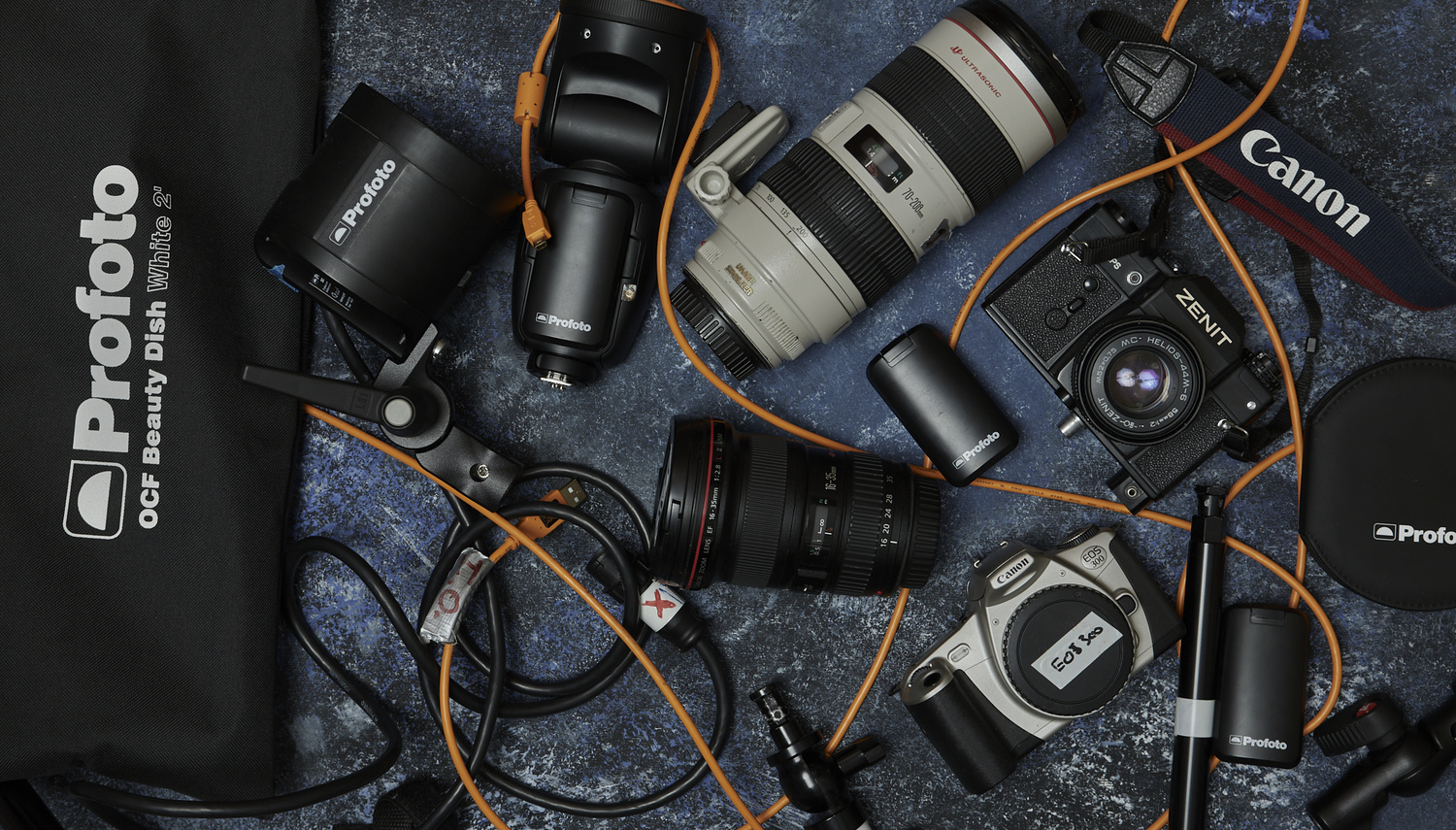
That aside, when the team is looking at the photos while I shoot, I have the confidence that the images are ok. Not only that, there is constant input and creativity on set. I appreciate when I am not the only person doing the work, not because of my own laziness, but because I don’t see everything. It is not a lack of clear vision, it is being open-minded to suggestions from anyone on set. I’ve even taken suggestions from assistants, in fact, those were much better than what I imagined. Without tethering in, I can’t take any input from my crew.
A good fashion image is a lot about fashion, a lot less about everything else. That’s why finding a good stylist has been paramount to making better work. They know what looks good, which results in your images looking good too. But a stylist can only do so much if they are not getting immediate feedback on how the clothes look in the picture.
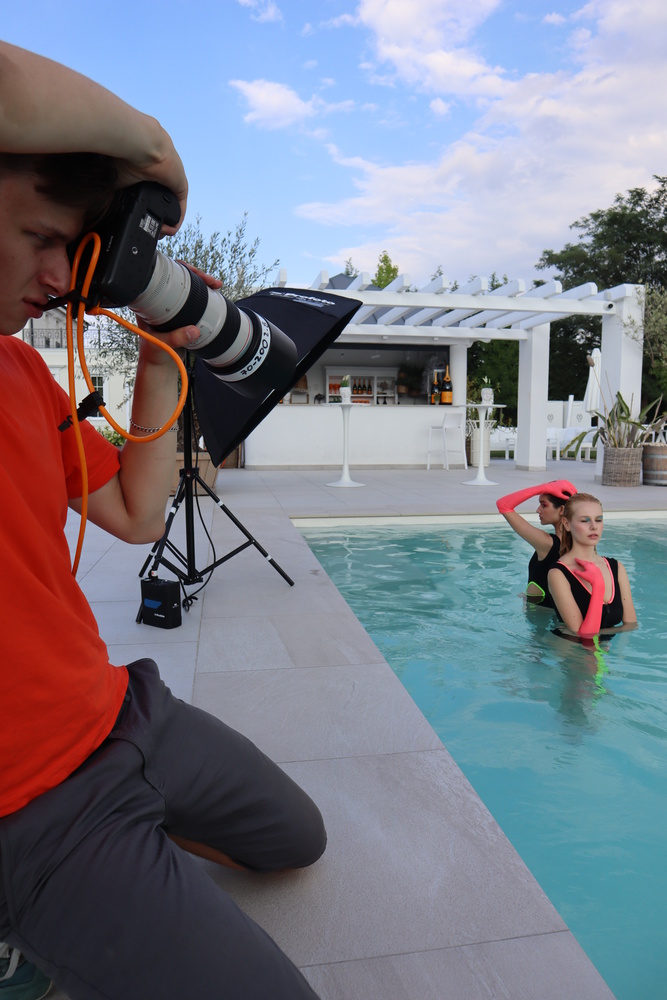
Another contributor to the success is the model. The talent gives character, flair, and life to fashion. A pretty picture won’t cut it, it should have character, storyline, and a feeling. That’s why great images can be technically imperfect but still be considered works of art. A model can look over at the screen, see what is happening, and quickly adjust her posing to fit the mood better. In a way it’s like dancing in front of a mirror: immediate feedback, effectively delivered.
Hair and makeup transform the model, but there are always small tweaks that can be done to make the whole look better. Concentrating on the final result, a makeup artist and a hairstylist are able to see their work right away and make necessary changes. Sometimes, it’s something as simple as changing the color of the lipstick, other times it’s more complex such as adding or (worse) removing glitter.
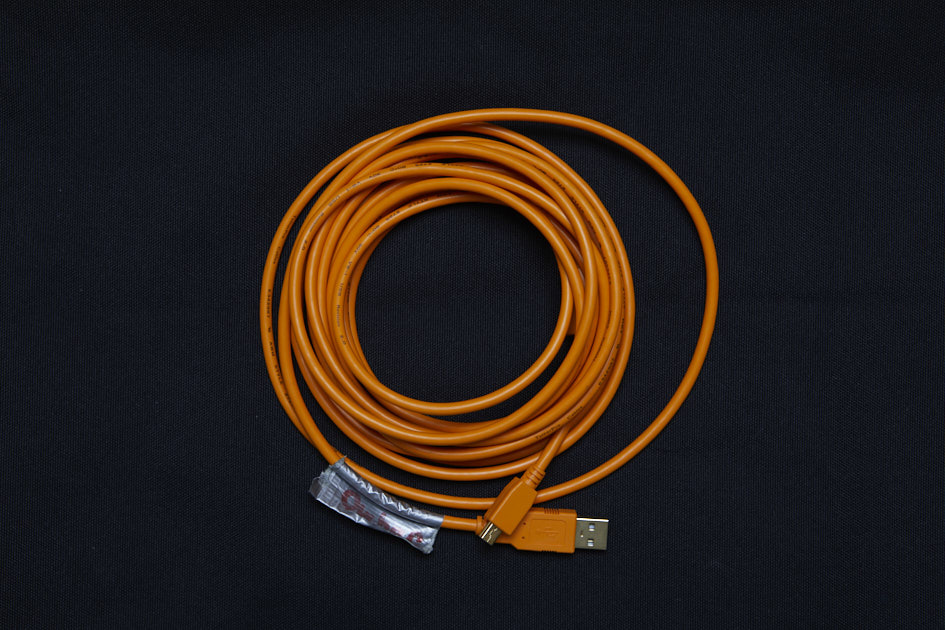
Overall, shooting tethered allows me to include my team in the production process from the get-go. So far, no one has complained about making them collaborate on photos. Art directors love it too, but that’s a different topic.
Momentum
Some may say that tethering is quite slow. And, yes it can be, but only if you’re shooting sports in burst mode on a Phase One with a 250MP back. I work with the 5Ds, which produces monstrous files, still, USB 3.0 is relatively fast in transferring them, even though 10 meters of cable.
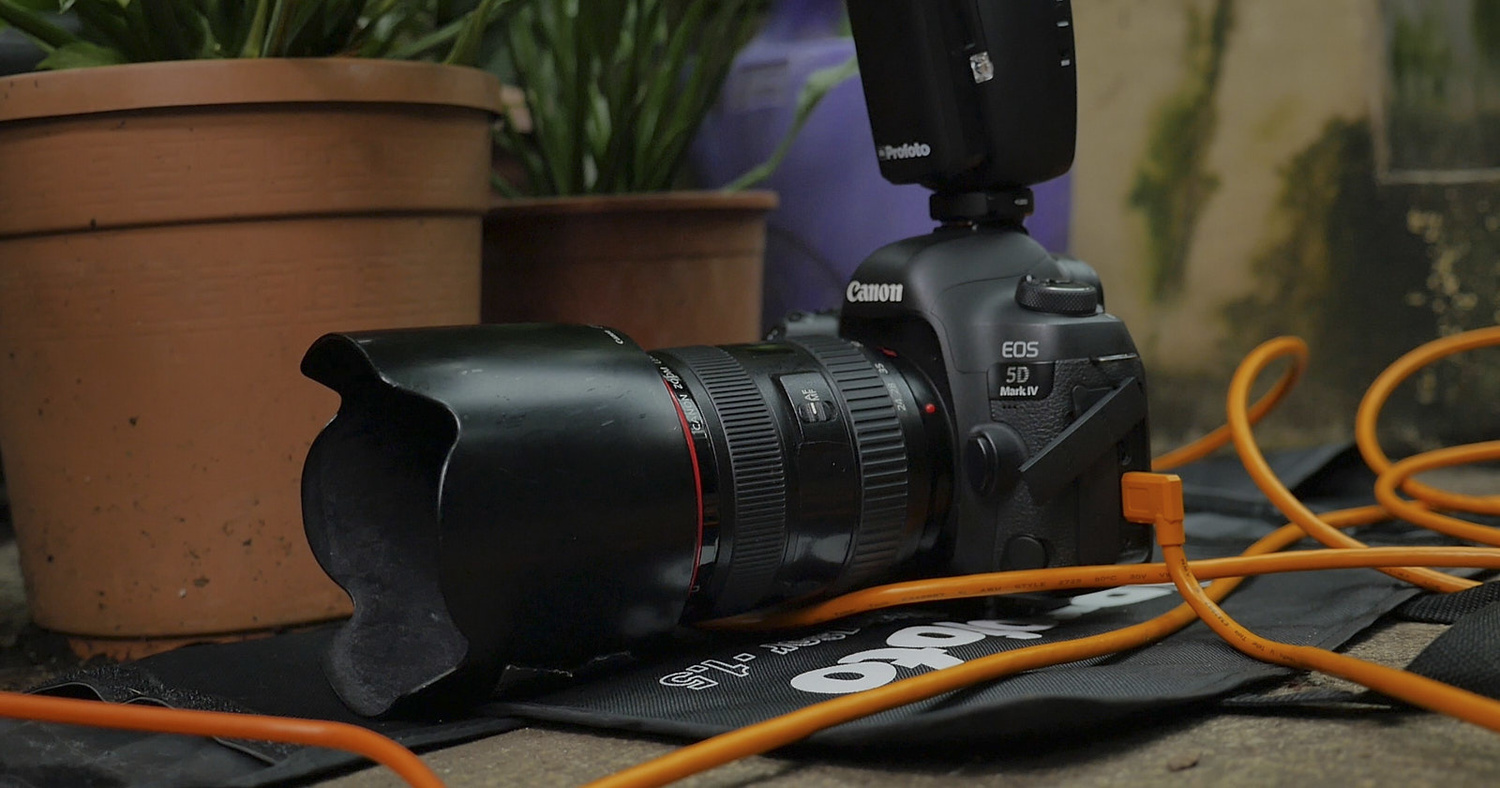
The momentum comes in when I am far from the laptop, and I am simply shooting. I don’t check the images once I’ve set everything up. After all, I’m not a technician but a photographer. Taking images, without thinking too much about checking has been revolutionary to my flow. I create at the moment, and oh boy is it fun. sometimes I wonder how much more fun can it be?
Safety
Backups are essential. Whenever I shoot, I use two shoot drives that are backed up in real-time with Ease US backup. Unfortunately, Capture One doesn’t offer native backup solutions in the Pro version, only in Enterprise. If anyone at Capture One is reading this, please please please add backups feature to Sessions.

Still Not Convinced?
There are some naysayers that are against tethering. Some are worried that they will lose reputation because they show all files, I stopped worrying about it, we all have bad photos. If anything, “bad” photos create awareness about how good the keepers are. On-location shooters may be upset about powering the whole setup, luckily there are batteries, generators, and other solutions that have been very robust and reliable in my world. Lastly, there are people who just think it’s not as mobile, it’s restricting, and so on. To them, I say: buy an extension if your cable is too short, put your tether station on wheels, and be happy to give everything you have for the perfect image. Sure I’d be upset if my gear died, but if it died creating great work, it’s worth it.
